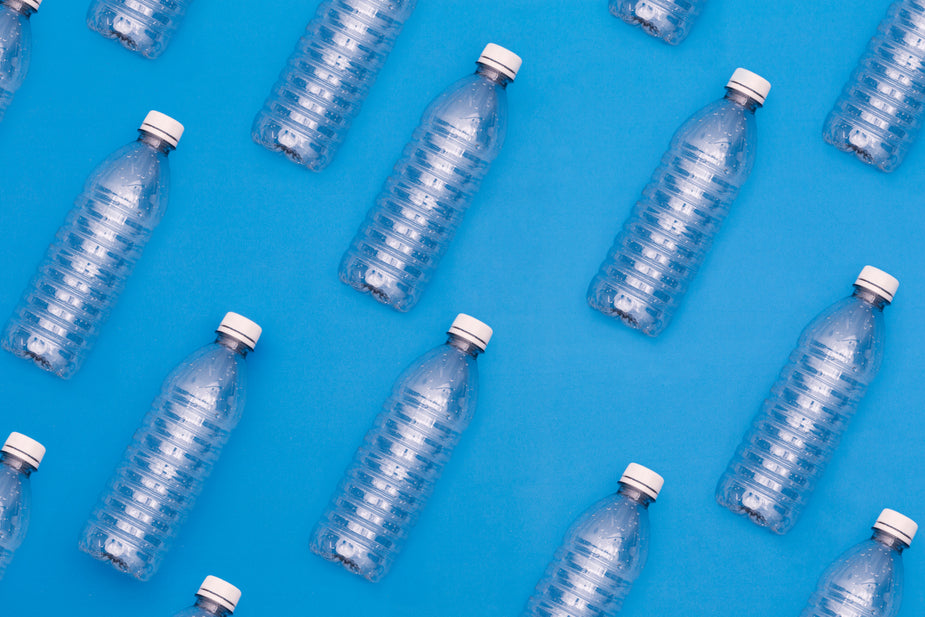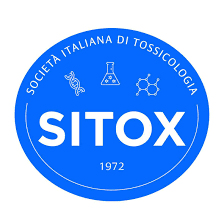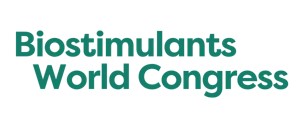
Microplastics and nanoplastics in the environment and food chains
As defined by EFSA, microplastics and nanoplastics are small fragments (0.1 – 5.000 micrometres and 0.001 – 0.1 micrometres respectively) of objects made from petroleum polymers.
They are generated by the mechanical crushing of various materials, in water and on land. While most microplastics derive from plastic containers dumped into water and degraded by weathering, wave motion and rubbing against rocks, these tiny fragments may also have much less known origins, for example, from tyres rubbing against asphalt or washing synthetic clothes in a washing machine. Again, some make-up or personal hygiene products may contain microplastics.
For decades, micro- and nanoplastics have been accumulating in lakes, rivers, seas and oceans, where a large proportion of them float, due to their lower density compared to water. Moreover, the polymeric nature of microplastics makes them able to absorb molecules such as polycyclic aromatic hydrocarbons, polychlorocarbons, some antibiotics and various Plant Protection Products, which are thus carried by currents over long distances, favouring their dispersion and increasing the risk that microplastics laden with toxic molecules enter food chains that, starting from fish and crustaceans, reach human beings. Although bodies of water are the main “sink” for micro- and nanoplastics, several studies note their presence throughout the biosphere and the high possibility that they are ingested or inhaled by vertebrates.
In order to monitor the level of human exposure to microplastics, chemical-physical andecotoxicological studies of aquatic and terrestrial environments are therefore of fundamental importance, in which BioTecnologie BT boasts consolidated experience (with acute toxicity and chronic toxicity tests on numerous living beings), gained in the field of Plant Protection Product registrations.


 English
English Italian
Italian


